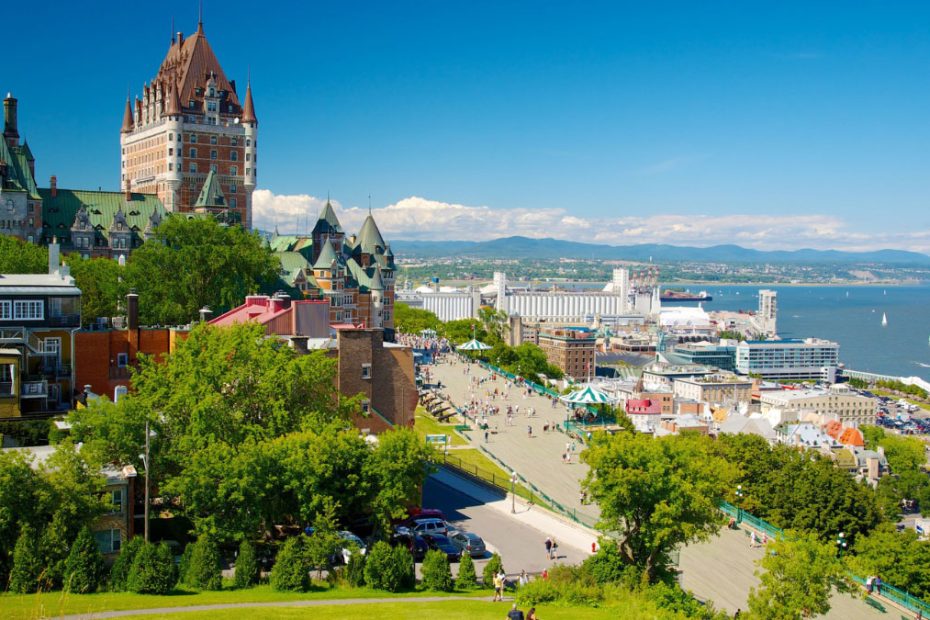Quebec City, with its cobblestone streets and centuries-old architecture, feels like a slice of Europe nestled in North America. Whether you’re a history buff, a foodie, or just someone looking to soak in some culture, this charming city has something for everyone. In just two days, you can experience the best of what Quebec City has to offer without feeling rushed.
I’ll guide you through a perfectly curated itinerary that ensures you hit all the must-see spots while leaving room for some delightful surprises. From exploring the historic Old Town to savoring local delicacies, get ready for an unforgettable 48 hours in one of Canada’s most picturesque cities.
Key Takeaways
- Rich Historical and Cultural Experience: Quebec City offers a unique blend of French colonial architecture, history, and culture. The Old City is a UNESCO World Heritage site with iconic landmarks like Château Frontenac and Montmorency Falls.
- Curated 2-Day Itinerary: The itinerary allows you to explore key attractions like Old Town, Montmorency Falls, and the Citadelle de Québec, ensuring a balanced blend of history, nature, and local cuisine.
- Seasonal Highlights: Each season in Quebec City offers distinct experiences, from vibrant summer festivals to the magical winter wonderland of the Ice Hotel and Carnaval de Québec.
- Travel Tips: Practical advice includes booking accommodations in advance, packing appropriately for the weather, respecting historical sites, and knowing basic French phrases for a more immersive experience.
- Local Cuisine: Quebec City’s culinary delights, including poutine and maple syrup treats, provide an authentic gastronomic experience that adds to the trip’s appeal.
- Accessibility and Transportation: The city is walkable, especially in Old Quebec, with additional options like local buses, bikes, and taxis for exploring farther destinations.
Quebec City, nestled along the Saint Lawrence River in the Quebec Province of Canada, exudes a unique European charm. It’s famous for its French colonial architecture, cobblestone streets, and friendly locals. As the capital city of Quebec, it offers history, culture, and romance, making it a must-visit destination.
Location And Climate
Quebec City is in eastern Canada, about 260 kilometers northeast of Montreal. The city’s strategic location along the Saint Lawrence River made it a crucial hub for trade and defense in its early history. The climate is characterized by cold winters with abundant snowfall and warm summers, offering distinct seasonal experiences.
History And Heritage
Founded in 1608 by Samuel de Champlain, Quebec City is one of North America’s oldest European settlements. The city retains much of its original fortifications, making it the only fortified city north of Mexico. The Old City, a UNESCO World Heritage site, is a testament to its rich history, with landmarks like Château Frontenac and the Citadel.
Architecture And Landmarks
Quebec City’s architecture blends French colonial and modern styles. The Château Frontenac, an iconic hotel, dominates the skyline. Narrow streets lined with boutique shops and quaint cafes lead to historic sites like the Parliament Building and Notre-Dame de Québec Basilica-Cathedral. The city’s architecture provides a visual feast for visitors.
Cultural Significance
Quebec City’s culture reflects a mix of French and Canadian influences. From its festivals, like the Winter Carnival, to its cuisine, everything echoes its diverse heritage. The city’s residents, known for their warmth and hospitality, add to the welcoming atmosphere. Street performers and musicians often entertain visitors, making every corner lively.
Local Cuisine
The cuisine in Quebec City is a culinary delight. Dishes like poutine, tourtière, and crepes showcase local flavors. Markets and restaurants offer fresh, locally sourced ingredients. The Island of Orleans, a short drive away, is perfect for tasting wines and local produce, providing an authentic gastronomic experience.
Key Attractions
Old City Exploration: The Old City, with its cobblestone streets and historic landmarks, offers endless exploration opportunities.
Island of Orleans: Known for its picturesque landscapes and culinary tours.
Montmorency Falls: Just outside the city and taller than Niagara Falls, it offers breathtaking views with a cable car ride.
Activities And Entertainment
From guided tours to evening activities, Quebec City has something for everyone. Thrilling crime tours and pub crawls add a modern twist to your visit. Local festivals and markets provide opportunities to engage with the local culture, making your stay memorable.
Quebec City’s blend of history, culture, and modern attractions makes it a versatile destination. Whether you’re strolling through the Old City or sampling local cuisine, every corner offers a unique experience.
Day 1 Itinerary In Quebec City
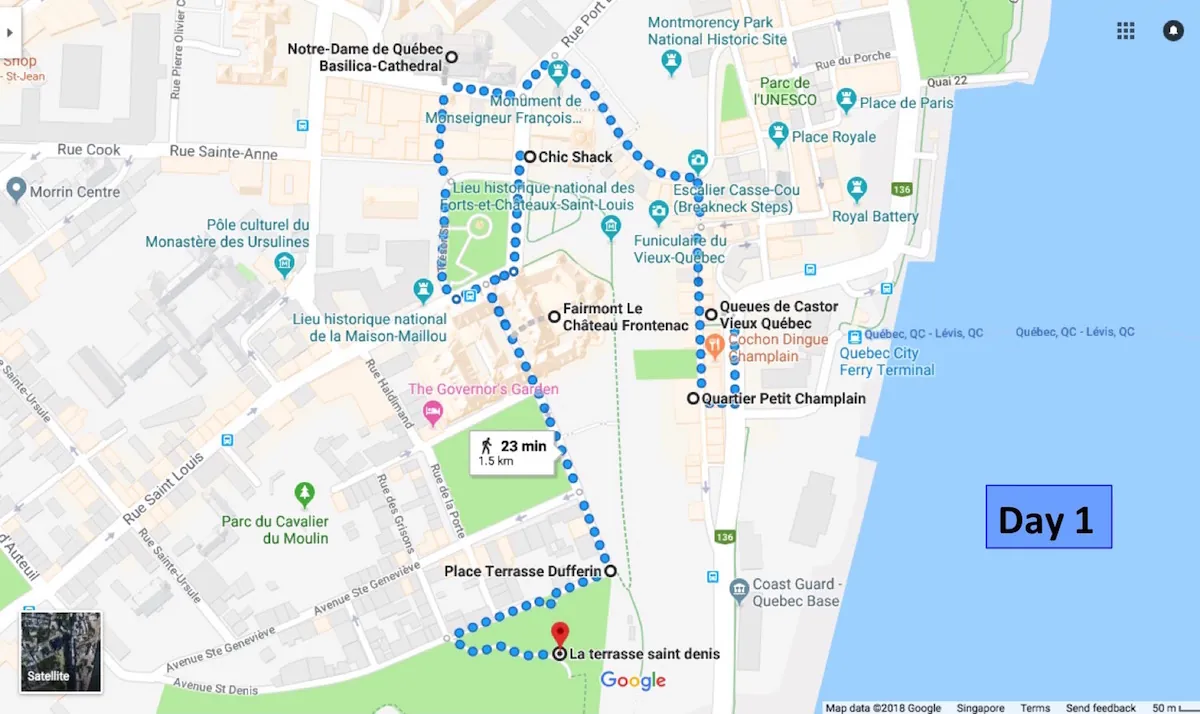
Day 1 offers a chance to immerse yourself in the historic charm and natural beauty of Quebec City.
Morning: Exploring the Old Town
Start the day early with a peaceful walk along the Saint Lawrence River, catching the sunrise. From there, head to the iconic Château Frontenac. This stunning hotel is one of Quebec City’s most recognizable landmarks. It’s worth stepping inside to appreciate its opulent architecture.
Afterward, explore the cobblestone streets of the Old City, particularly Rue du Champlain. This quaint street captures the essence of Quebec City’s European charm. Consider joining a guided tour of the Old City to investigate deeper into its rich history. These tours often cover major landmarks and provide fascinating insights into the city’s past.
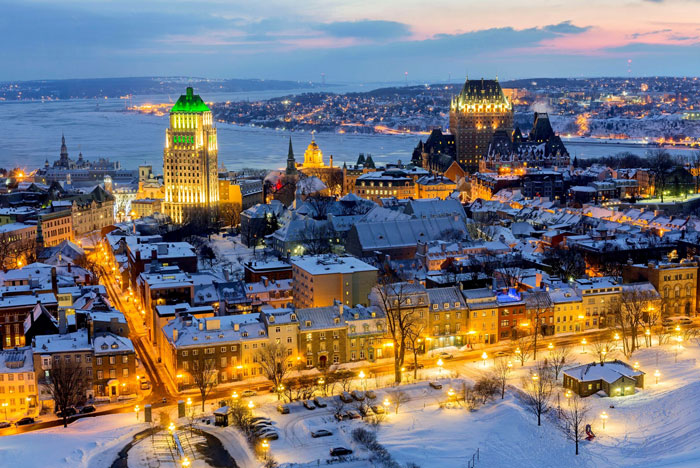
Afternoon: Montmorency Falls
In the afternoon, take a short trip outside the city to Montmorency Falls. This natural wonder stands 272 feet tall, even higher than Niagara Falls. To reach the top, take the cable car. The ride offers breathtaking views of the surrounding world.
Once at the top, you’ll find several lookout points where you can experience the falls’ power and beauty up close. Photographers and nature lovers alike will find this spot enthralling. There are also walking trails if you prefer a more leisurely way to enjoy the scenery.
Evening: Dine in Petit Champlain
As the day winds down, head back to the city for dinner in Petit Champlain. This charming area, known for its European feel, offers a variety of excellent dining options. Stroll through its narrow streets and take in the historic architecture.
End the evening with a meal at one of the local restaurants, enjoying the peaceful atmosphere and delectable cuisine. Popular choices include bistros that serve local specialties, ensuring a satisfying end to your first day in Quebec City.
Day 2 Itinerary In Quebec City
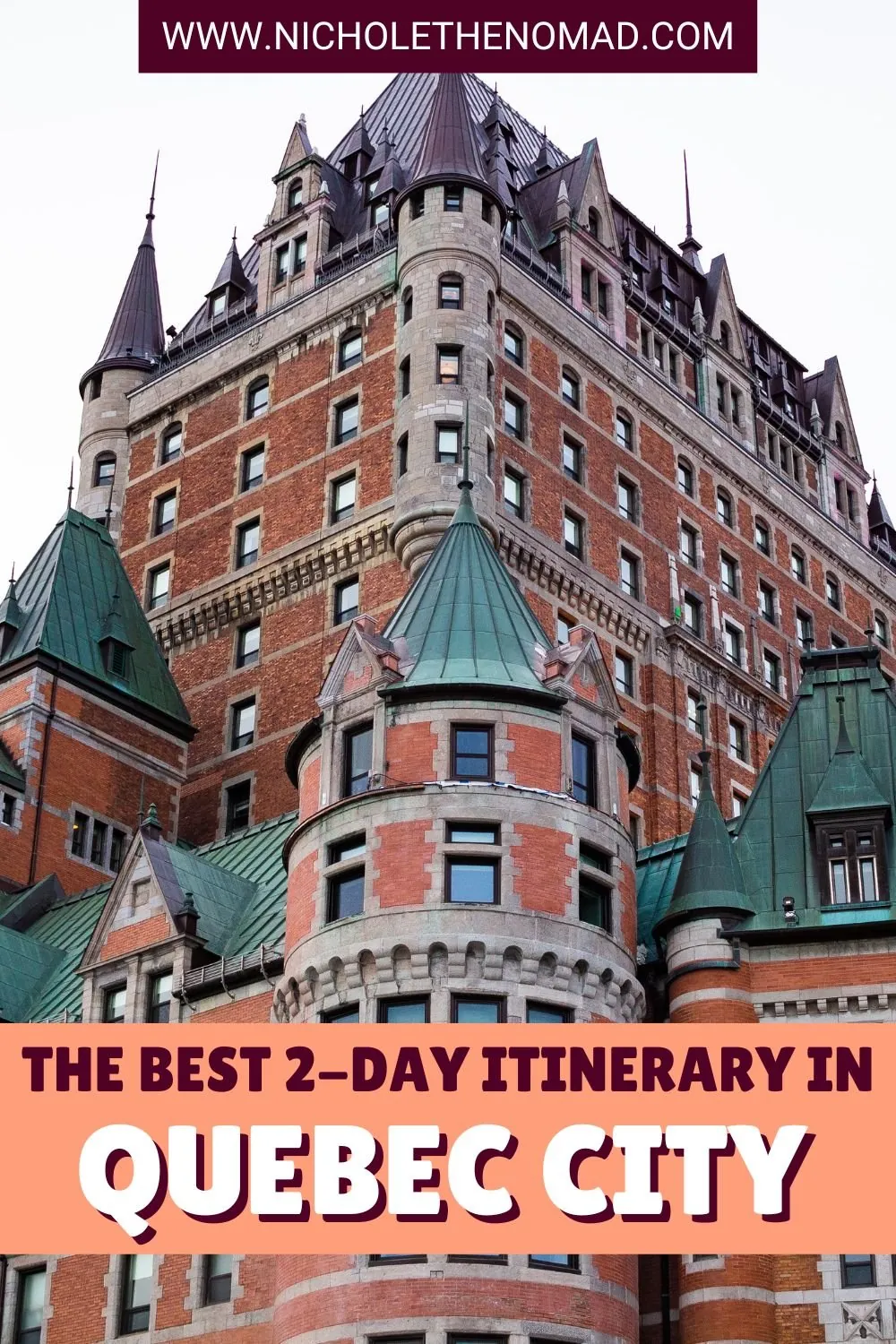
On the second day, explore the quaint beauty and historical gems of Old Quebec’s Lower Town and Montmorency Falls Park.
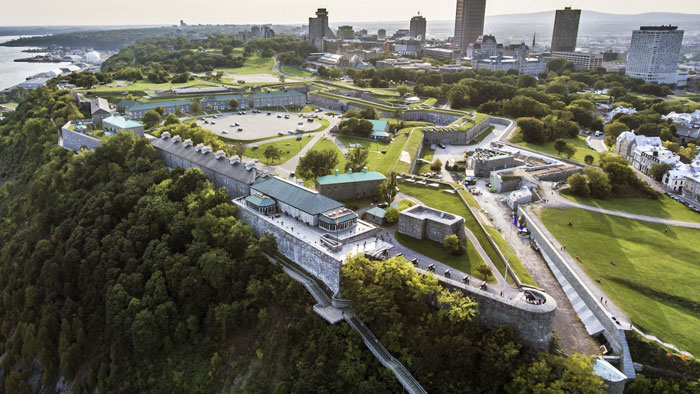
Morning: Visit The Citadel
Begin your morning at the Citadelle de Québec. This historic fortress offers a fascinating glimpse into Quebec’s military history. The star-shaped fortification, an active military installation, provides guided tours that investigate into its past and significance. Enjoy panoramic views of the city and the Saint Lawrence River from the fortress walls. The Changing of the Guard ceremony, held in the summer, adds a unique experience to the visit.
Afternoon: Discover The Museums
In the afternoon, explore some of the city’s notable museums. Start with the Musée de la Civilisation, which offers exhibits on Quebec’s history and culture. Interactive displays captivate visitors of all ages. Afterward, visit the Petit Champlain District, home to the Maison Chevalier, a museum showcasing life in New France. For art enthusiasts, the Musée National des Beaux-Arts du Québec features an impressive collection of Canadian and international art.
Evening: Stroll Along The Promenade
As the day winds down, take a leisurely stroll along the Dufferin Terrace. This scenic promenade runs parallel to the Château Frontenac and offers stunning views of the Saint Lawrence River and the surrounding areas. Street performers and local vendors add to the vibrant atmosphere. End your day enjoying a meal at one of the many restaurants and cafes lining the promenade, savoring local cuisine in a picturesque setting.
Tips For A Successful Trip
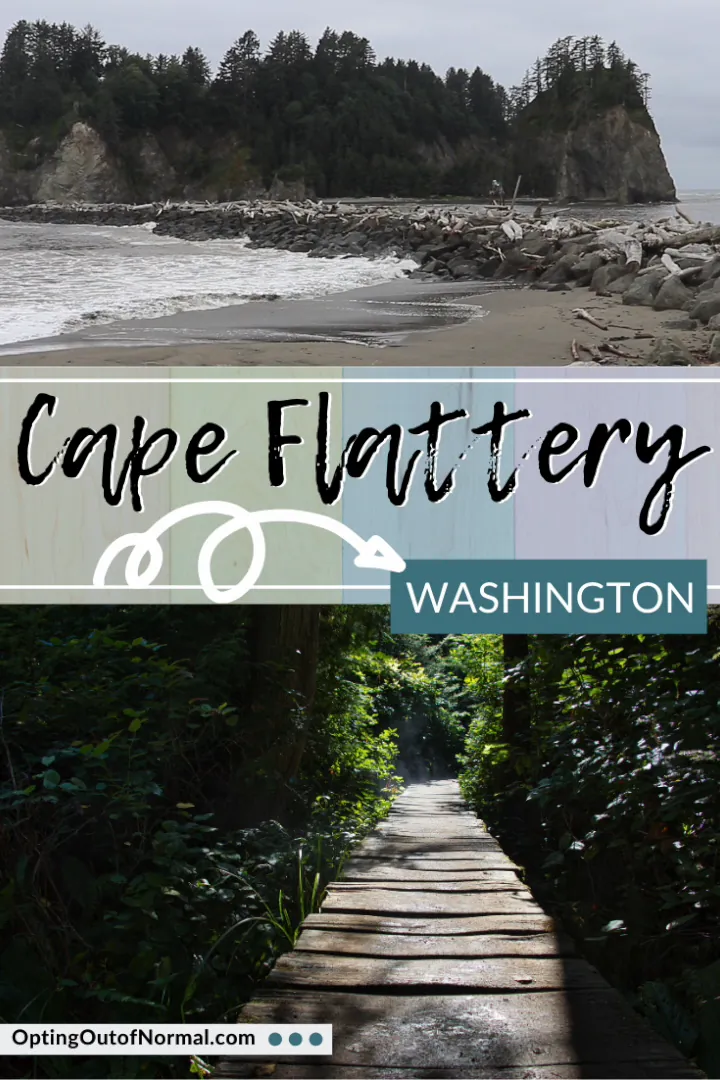
Plan Ahead
Booking accommodations in advance ensures availability in popular areas like Old Quebec. Aim for hotels or B&Bs within walking distance of major attractions. Purchase tickets for major sights like the Observatoire de la Capitale to avoid long lines. Customize your itinerary to cover both Upper and Lower Town highlights.
Pack Wisely
The weather in Quebec City can vary. Pack layers, including a light jacket for cooler evenings. Comfortable walking shoes are essential given the city’s historic cobblestone streets. Don’t forget a reusable water bottle and a compact umbrella.
Know The Local Language
Though many Quebec City residents speak English, French is the primary language. Familiarize yourself with basic French phrases like “bonjour” (hello) and “merci” (thank you) to enhance your experience. Most signs and menus are bilingual.
Transportation Tips
Quebec City is walkable, especially in Old Quebec. For farther destinations, use the local bus service or consider renting a bike. Taxis and rideshare services are also available. Parking can be challenging in the historic district, so opt for public transportation when possible.
Respect Historical Sites
Many attractions in Quebec City are of historical and cultural significance. When visiting places like the Citadelle de Québec and Parliament Building, follow guidelines and respect restricted areas. Avoid touching artifacts and be mindful of photography rules.
Timing Your Visits
Certain attractions have optimal visiting times. For instance, visit the Plains of Abraham in the morning to enjoy peaceful walks. The Changing of the Guard ceremony at Citadelle de Québec typically happens early, so arrive at opening time. Evenings are perfect for exploring Dufferin Terrace when street performers are active.
Local Cuisine
Savor Quebec’s culinary delights, from poutine to maple syrup treats. Try local specialties at renowned restaurants like Le Chic Shack. Booking reservations for popular dining spots ensures you won’t miss out. Don’t forget to explore seasonal offerings in local markets.
Budgeting
Prepare for potential expenses by setting a daily budget. Many attractions offer free entry or low-cost options. Use city passes if available to save on multiple entrance fees. Watch for special offers and discounts.
Stay Connected
Use your smartphone’s GPS and translation apps to navigate and communicate. Many attractions and restaurants offer free Wi-Fi. Consider purchasing a local SIM card or an international plan if you’re from abroad.
Emergency Preparedness
Know the location of the nearest medical facilities. Keep a small first-aid kit and any necessary medication with you. Familiarize yourself with emergency contact numbers, such as 911 for immediate assistance.
By following these tips, you can ensure a seamless and enjoyable trip to Quebec City.
Best Time To Visit
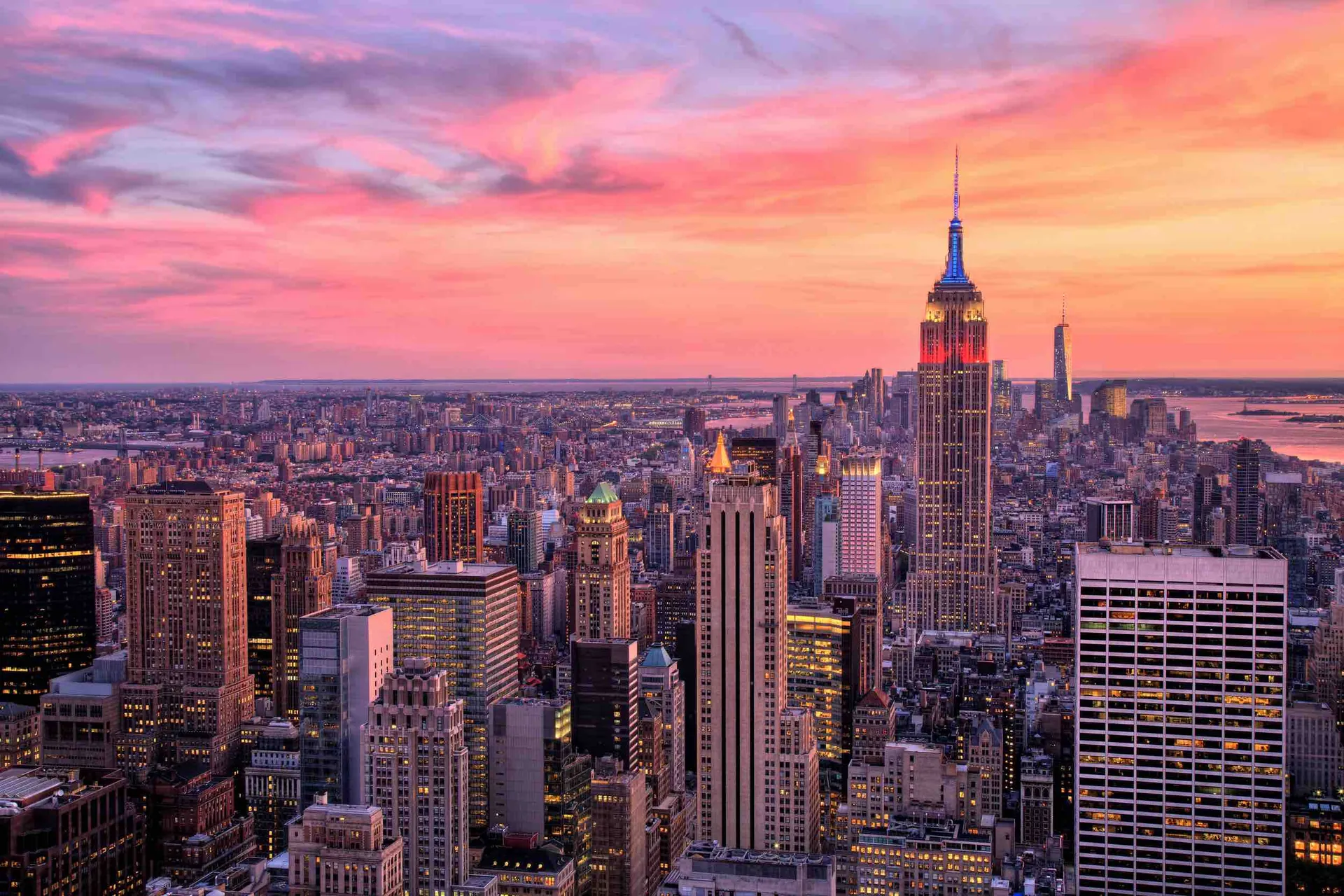
Québec City offers distinct experiences in each season, catering to various interests and activities.
Summer
The busiest season in Québec City, summer attracts many visitors. There are several fun festivals and events, outdoor activities, and beautiful restaurant patios to enjoy. I’ve found this season ideal for those who love vibrant social scenes and cultural festivities. Summer events like Festival d’été de Québec showcase international music, while outdoor enthusiasts can explore the scenic parks and waterways.
Fall
Fall brings vibrant colors, warm days, and cool nights. This season offers a unique charm with its breathtaking foliage, especially in places like Montmorency Falls Park. If you’re an admirer of nature and prefer a quieter environment, fall is perfect. I enjoy the mild climate and fewer crowds, making it great for sightseeing and taking leisurely walks through Old Québec.
Winter
Winter in Québec City transforms it into a magical wonderland. The Ice Hotel opens its doors, offering a unique and thrilling experience. Winter also hosts Carnaval de Québec, a festive event that brings excitement to the city with ice sculptures, parades, and activities. If you relish winter sports and festival atmospheres, winter is your season. The city’s architecture, blanketed in snow, adds a picturesque quality to your exploration.
Spring
Spring is laid-back with blooming flowers and a fresh atmosphere. It’s a great time to enjoy Québec City like a local. The weather starts to warm up, and you can relish the emerging greenery and seasonal flowers at places like the Plains of Abraham. Spring’s slower pace and fewer tourists offer a more intimate experience. I find this season perfect for casual strolling and enjoying the city’s outdoor cafés and boutiques.
Choosing The Best Season
Determining the best season to visit depends on your interests and activities. Whether attending vibrant festivals in summer, admiring autumn foliage, experiencing a winter wonderland, or enjoying a laid-back spring atmosphere, Québec City has something to offer year-round. Each season brings its unique charm, so your visit can be memorable regardless of when you come.
Conclusion
Quebec City truly offers something special no matter when you visit. Each season brings its own charm and unique activities. Whether you’re drawn to the lively summer festivals, the breathtaking fall foliage, the enchanting winter events, or the peaceful spring blooms, there’s always something to enjoy.
I hope this 2-day itinerary helps you make the most of your time in this beautiful city. Embrace the culture, savor the cuisine, and immerse yourself in the rich history. Your adventure in Quebec City is sure to be unforgettable.
Frequently Asked Questions
When is the best time to visit Quebec City?
The best time to visit Quebec City depends on your interests. Summer is great for festivals and outdoor activities, fall offers beautiful foliage and a quieter atmosphere, winter turns the city into a winter wonderland with events like Carnaval de Québec, and spring provides a relaxed ambiance with blooming flowers.
What are the major events in Quebec City during winter?
Quebec City hosts the Ice Hotel and Carnaval de Québec in winter. These events transform the city into a magical winter wonderland, making it a popular destination for winter sports and festive activities.
Are there any special fall activities in Quebec City?
Yes, fall in Quebec City is known for its vibrant foliage and tranquil environment. It’s a perfect time for scenic drives, hiking, and enjoying the autumn colors. The quieter atmosphere also makes it a relaxing time to visit.
Is summer a good time to visit Quebec City?
Absolutely. Summer is one of the most popular times to visit Quebec City due to the numerous festivals, outdoor activities, and warm weather. The city is bustling with energy, and there’s always something to do.
What can I expect in Quebec City during the spring?
Spring in Quebec City offers a laid-back atmosphere with blooming flowers and milder weather. It’s a beautiful time to explore the city’s parks and gardens, and enjoy the fresh air without the summer crowds.
How does the weather affect activities in Quebec City?
The weather in Quebec City significantly influences the activities available. Summers are warm and ideal for outdoor activities and festivals, fall offers cool temperatures and stunning foliage, winter is perfect for snow-related activities, and spring brings mild weather and blossoming flowers.
Are there any festivals in Quebec City during the summer?
Yes, Quebec City is known for its vibrant summer festivals, including the Quebec City Summer Festival (Festival d’été de Québec) which features music, arts, and cultural events, drawing visitors from all over the world.
What should I pack for a trip to Quebec City?
Packing depends on the season you visit. For summer, bring light clothing and comfortable shoes. For fall, pack layers to adjust to changing temperatures. Winter requires warm clothing, including coats, hats, gloves, and boots. In spring, wear layers and bring a light jacket for cooler days.

